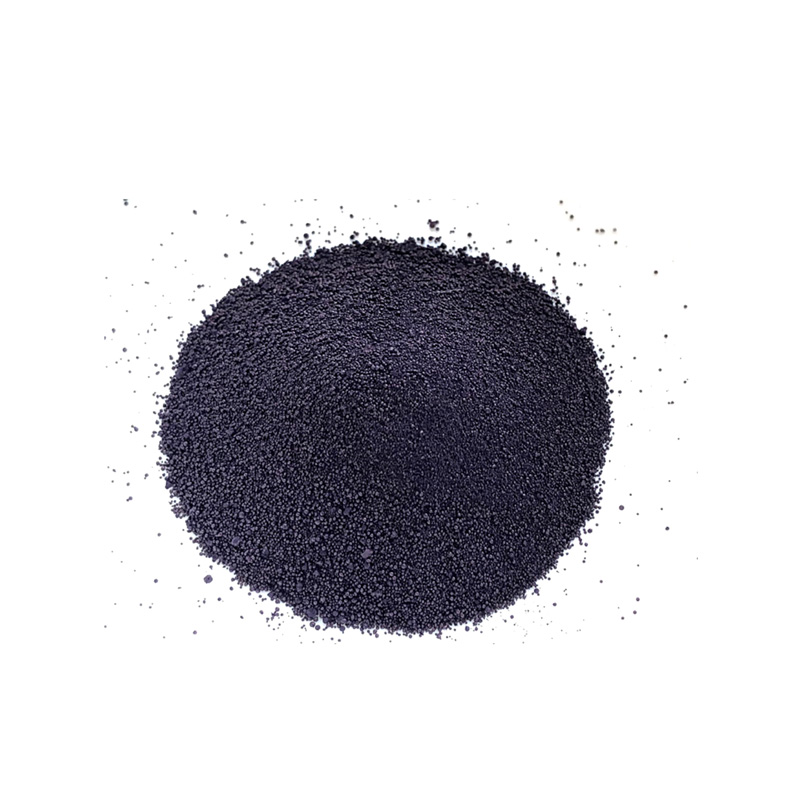Exploring the Beauty and Heritage of Natural Indigo Dyeing Techniques
The Timeless Allure of Natural Indigo
Indigo, often regarded as the world's oldest dye, has a rich tapestry woven into the fabric of human history. Known for its deep and vivid blue hue, natural indigo has fascinated cultures across the globe for centuries. This color, derived from the leaves of the indigo plant, has not only served as an essential dye but also as a symbol of wealth, status, and artistic expression.
The Timeless Allure of Natural Indigo
Historically, indigo was an invaluable commodity. In the 18th century, it emerged as one of the most significant cash crops in colonial America, particularly in the southern states. The blue gold, as it was often referred, played a crucial role in the economy, alongside cotton and tobacco. European markets were enchanted by the rich blue fabric, leading to an increased demand that transformed agricultural practices in the New World.
famous natural indigo color

However, the rise of synthetic dyes in the 19th century posed a significant threat to the natural indigo trade. These artificial dyes were cheaper and easier to produce, leading to a decline in the cultivation of indigo plants. Despite this setback, the modern resurgence of interest in sustainable and organic practices has revived the use of natural indigo. Today, artisans, designers, and eco-conscious consumers are turning back to this traditional dye, cherishing its eco-friendly qualities and cultural heritage.
In the realm of fashion, indigo has become synonymous with denim. The blue jean, initially worn by laborers, has evolved into a fashion staple worldwide. The unique ability of natural indigo to fade beautifully with wear adds to its charm, creating a personalized story woven into each garment. Many contemporary designers are once again incorporating natural indigo in their collections, embracing its versatility and richness.
Beyond its aesthetic appeal, indigo is linked to various spiritual and cultural meanings. In many cultures, the color blue is often associated with tranquility, wisdom, and protection. Festivals and rituals celebrate the indigo dyeing tradition, showcasing the craftsmanship and deep-rooted significance of this color in community identity.
In conclusion, natural indigo embodies a profound legacy that resonates through time. Its journey from ancient practices to modern sustainability reflects humanity's ongoing relationship with nature and creativity. As we embrace the beauty of natural indigo, we not only honor a historical tradition but also contribute to a sustainable future, ensuring that this exquisite color continues to inspire generations to come. Whether in textiles, art, or culture, indigo remains a timeless symbol of beauty and resilience.
-
The Timeless Art of Denim Indigo Dye
NewsJul.01,2025
-
The Rise of Sulfur Dyed Denim
NewsJul.01,2025
-
The Rich Revival of the Best Indigo Dye
NewsJul.01,2025
-
The Enduring Strength of Sulphur Black
NewsJul.01,2025
-
The Ancient Art of Chinese Indigo Dye
NewsJul.01,2025
-
Industry Power of Indigo
NewsJul.01,2025
-
Black Sulfur is Leading the Next Wave
NewsJul.01,2025

Sulphur Black
1.Name: sulphur black; Sulfur Black; Sulphur Black 1;
2.Structure formula:
3.Molecule formula: C6H4N2O5
4.CAS No.: 1326-82-5
5.HS code: 32041911
6.Product specification:Appearance:black phosphorus flakes; black liquid

Bromo Indigo; Vat Bromo-Indigo; C.I.Vat Blue 5
1.Name: Bromo indigo; Vat bromo-indigo; C.I.Vat blue 5;
2.Structure formula:
3.Molecule formula: C16H6Br4N2O2
4.CAS No.: 2475-31-2
5.HS code: 3204151000 6.Major usage and instruction: Be mainly used to dye cotton fabrics.

Indigo Blue Vat Blue
1.Name: indigo blue,vat blue 1,
2.Structure formula:
3.Molecule formula: C16H10N2O2
4.. CAS No.: 482-89-3
5.Molecule weight: 262.62
6.HS code: 3204151000
7.Major usage and instruction: Be mainly used to dye cotton fabrics.

